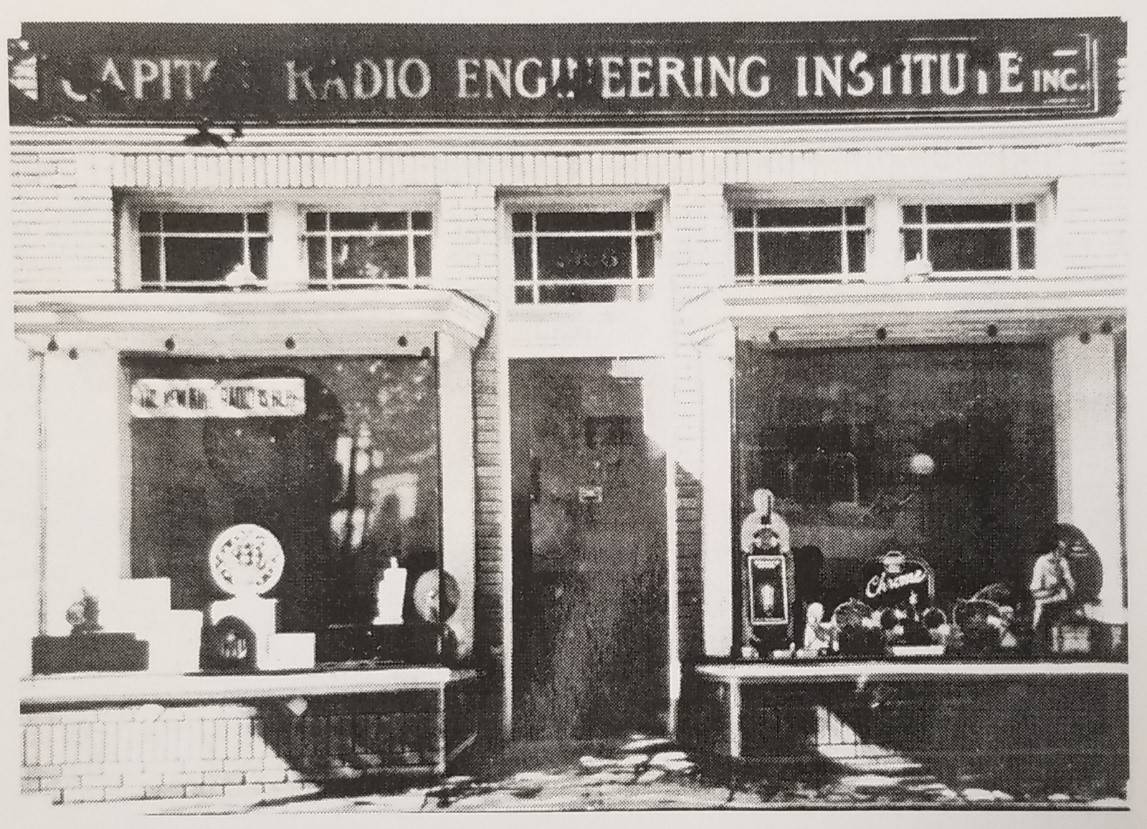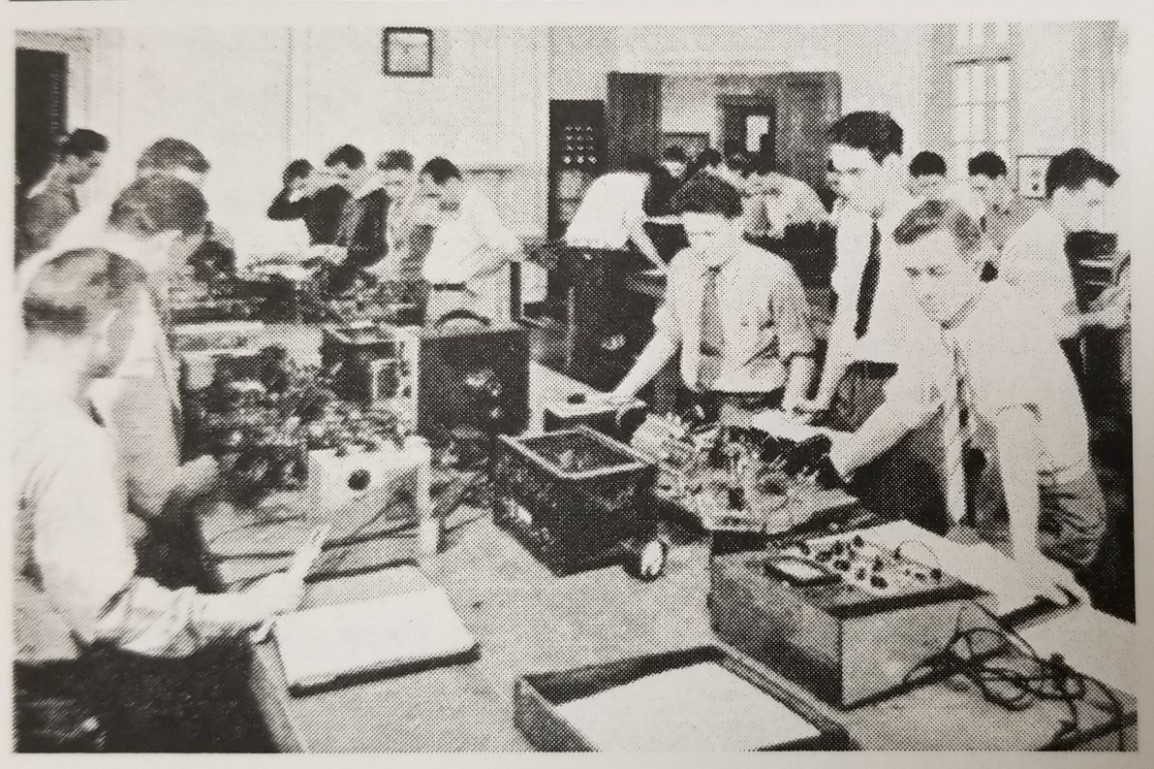Public Radio Broadcasting Day - A Glimpse at Capitol History
January 13, 2022
January 13th marks the celebration of Public Radio Broadcasting Day, a day honoring the invention of the radio and the significant role it has played throughout history. Many people helped make the radio possible, contributing to its creation and evolution over the decades. Guglielmo Marconi is credited as the inventor of the first radio to transmit long distance morse code signals across the Atlantic Ocean in 1901, although Nikolai Tesla was also working on radio technology at the time and is often argued to be the true inventor of the radio. Tesla’s studies started in 1886 when he proved the existence of radio waves and this led to the invention of his Tesla coil, which Marconi would later use in his radio demonstration. Lee de Forest is considered the “Father of Radio” as he expanded on Marconi’s radio device to produce faster, more reliable signals, and transmitted the first public broadcast in 1910. Advancements in radio technology would eventually lead to the invention of many other devices like televisions, satellites, cell phones, and the internet. The radio and its ability to broadcast has had lasting impacts on global communication, culture, and society as a whole.
Some may not realize that Capitol Technology University has a strong connection with the radio, as the University was founded by a U.S. Navy Radioman named Eugene H. Rietzke. In his lifetime (during World War I and in the early 1900s), radios were initially used as a way for military forces to communicate with each other, rather than as a means of entertainment. Radio technology was still rudimentary despite a desperate need for reliable communications systems during wartime. Limitations of radio use were due to issues with shorter waves of frequency, cumbersome and heavy equipment, transmission and signal unreliability, and personnel training.
Rietzke recognized the need for better radio technology and education. Thus, he founded Capitol Radio Engineering Institute (CREI) in 1927, which would later become Capitol Technology University. It began as a trade school, which is a technical school designed to train students in a specific trade career. When he started his school, he only had 40 students, but he worked tirelessly to provide a curriculum, hands-on experience, and even wrote his own textbook to address the shortage of a specialized workforce in the field of radio. His students were able to learn from a field professional and study in laboratories with real equipment like vacuum tube radios, analog computers, and other electronics of the time. By the start of WWII, radio technology had vastly improved and CREI was ready with not 40, but now 3,000 well-trained technicians prepared for this new era of radio. And Capitol has grown ever since.
Although starting from small beginnings and with limited resources, Rietzke saw a need for advancement and strove for better. Rietzke once said “if you have imagination and if you have the willingness…I don’t see how you could fail,” (Jarrell, 2002). This ideal remains a part of Capitol today as students are always encouraged to find new ways to approach society’s needs, explore evolving technology, acquire hands-on laboratory experience, and learn from field professionals through the University’s many undergraduate and graduate programs.
For more information on Capitol history, visit the University’s website here.
References:
Golden Age of Radio in the US. (2022). Digital Public Library of America. Retrieved from https://dp.la/exhibitions/radio-golden-age/radio-frontlines
Jarrell, H. J. (2002). The Evolution of Capitol College: An Oral History. Capitol College.
Smith, J. Y. (1983). Eugene H. Rietzke, 85, Dies. Washington Post. Retrieved from https://www.washingtonpost.com/archive/local/1983/01/05/eugene-h-rietzke-85-dies/bd1ee86d-56db-408a-ab2d-6362ed271c7d/
Birth of public radio broadcasting. (2022, Jan 11). In Wikipedia. Retrieved from https://en.wikipedia.org/wiki/Birth_of_public_radio_broadcasting
Photo Credits:
Jarrell, H. J. (2002). The Evolution of Capitol College: An Oral History. Capitol College.




